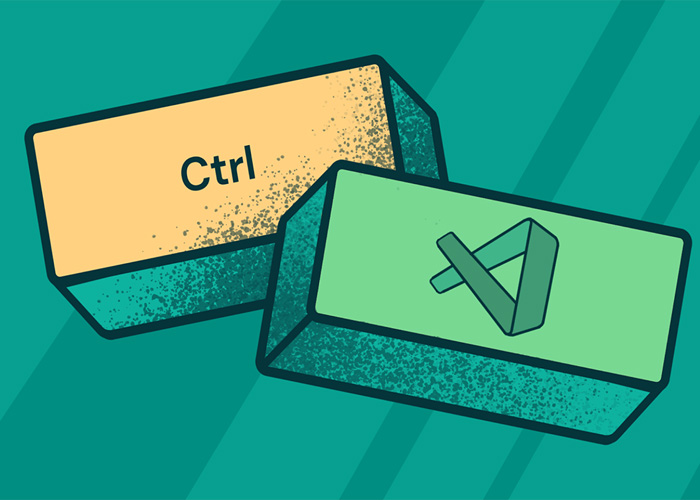Understanding and Utilizing Constructors in C# Records
C# records, introduced in C# 9.0, are designed to simplify the creation of immutable types with value-based equality. One of the powerful features of records is their support for constructors, which provide flexibility and control over how records are initialized. This article discusses the types of constructors available in C# records, how to use them, and the best practices for initializing record data.
What Are Record Constructors?
Record constructors in C# are similar to class constructors but are tailored for the immutable nature of records. They allow initializing properties at the time of object creation. Records automatically generate a primary constructor based on the parameters defined in the record declaration.
Types of Constructors in Records
Primary Constructors
The primary constructor is implicitly defined in the record declaration. It initializes properties directly from the parameters provided in the record signature.
public record Person(string FirstName, string LastName);
Here, Person has a primary constructor that takes two parameters, FirstName and LastName, which directly correspond to the record's properties.
Secondary Constructors
Records can also have additional constructors that provide alternative ways to initialize the record. These constructors must ultimately delegate to the primary constructor to ensure all properties are initialized.
public record Person(string FirstName, string LastName)
{
public Person(string fullName) : this(fullName.Split(' ')[0], fullName.Split(' ')[1])
{
}
}
In this example, an additional constructor takes a full name as a single string and splits it to initialize the FirstName and LastName properties.
Using Constructors in Records
Constructors in records are used to initialize new instances of records. They can be particularly useful when you need to perform additional computations or when initializing properties from sources that require transformation.
Example of Initializing Records
var johnDoe = new Person("John", "Doe");
var janeDoe = new Person("Jane Doe");
This demonstrates the use of both the primary and secondary constructors to create instances of the Person record.
Best Practices for Record Constructors
- Immutability: Ensure that constructors do not introduce mutable state. All properties should be immutable (init-only).
- Validation: Use constructors to validate input data before setting properties to ensure the record is always in a valid state.
- Delegating Constructors: When using secondary constructors, always delegate to the primary constructor to avoid code duplication and ensure consistent initialization logic.
Overriding Constructors in Derived Records
When records inherit from other records, constructors need to be carefully managed to ensure that all base record properties are also initialized.
public record Employee(string FirstName, string LastName, string Department) : Person(FirstName, LastName)
{
public Employee(string firstName, string lastName) : this(firstName, lastName, "Unknown")
{
}
}
In this example, the Employee record extends the Person record and adds a new property Department. It also provides a constructor that only requires first and last names, defaulting the department to "Unknown".
Conclusion
Constructors in C# records provide a robust mechanism for initializing immutable data structures in a flexible and controlled manner. By effectively using constructors, developers can ensure that records are initialized correctly and maintain their immutability, leading to safer and more reliable code. Whether using simple or complex data models, understanding how to utilize constructors in records is essential for building modern and efficient applications in C#.





